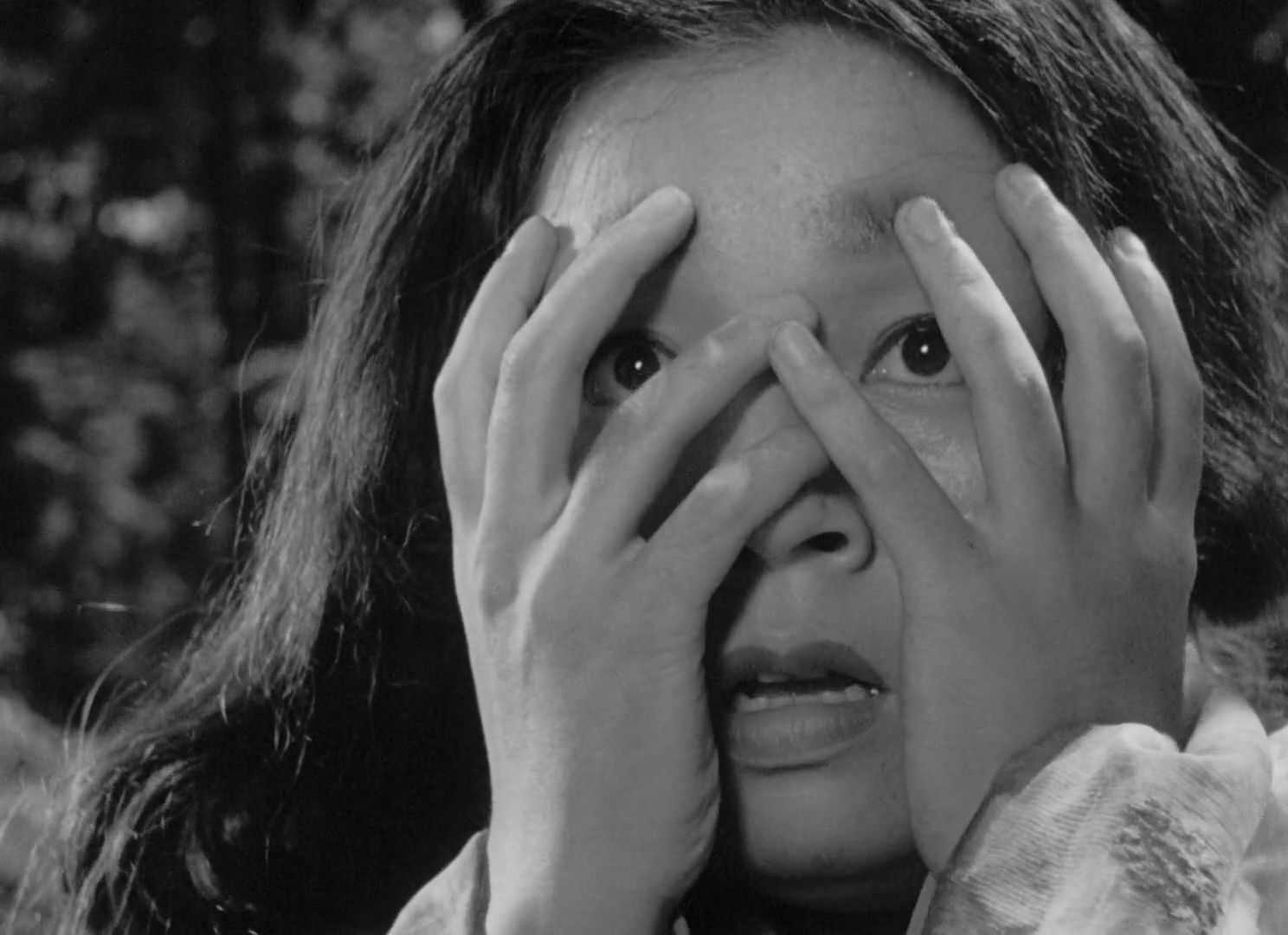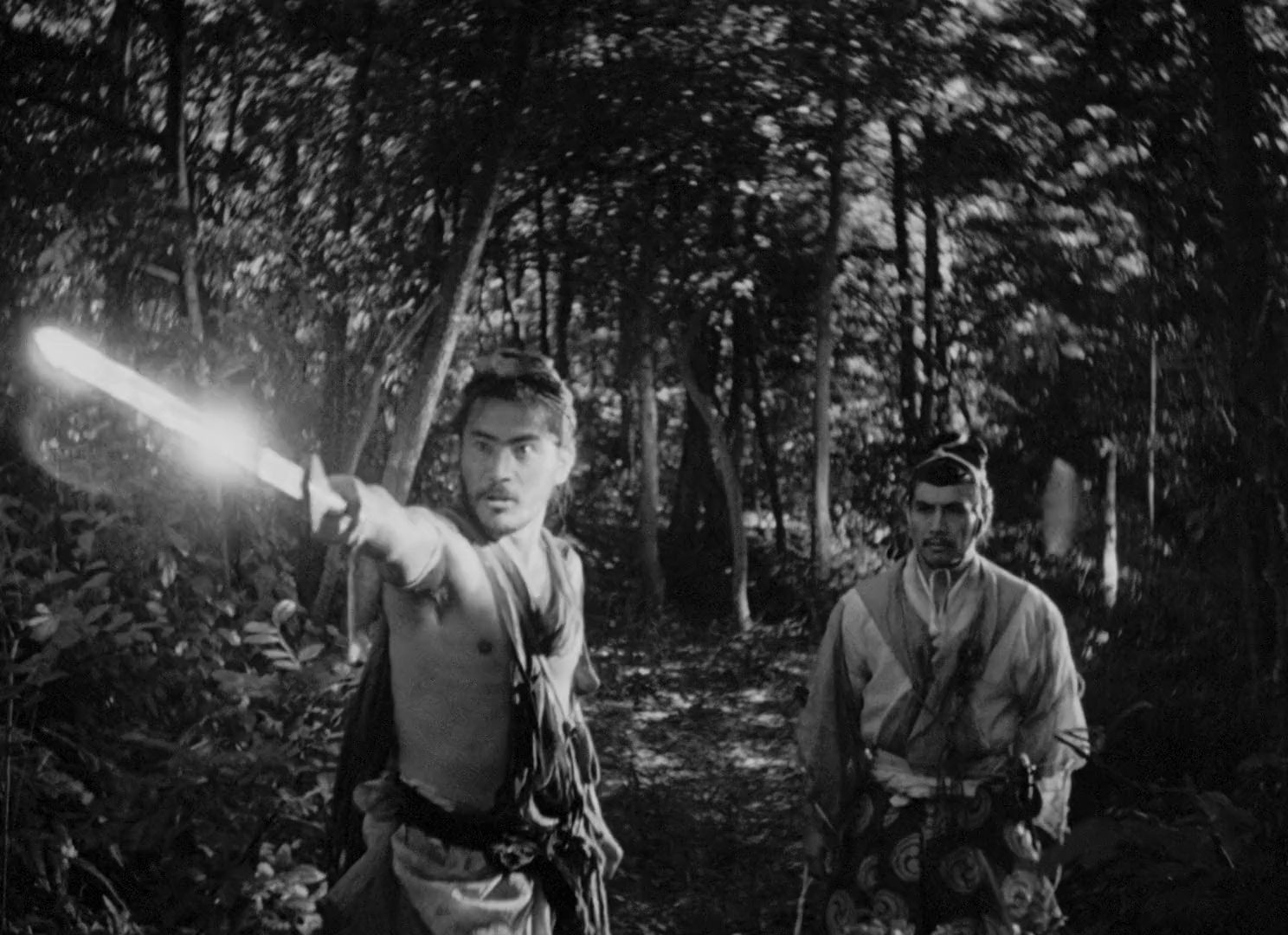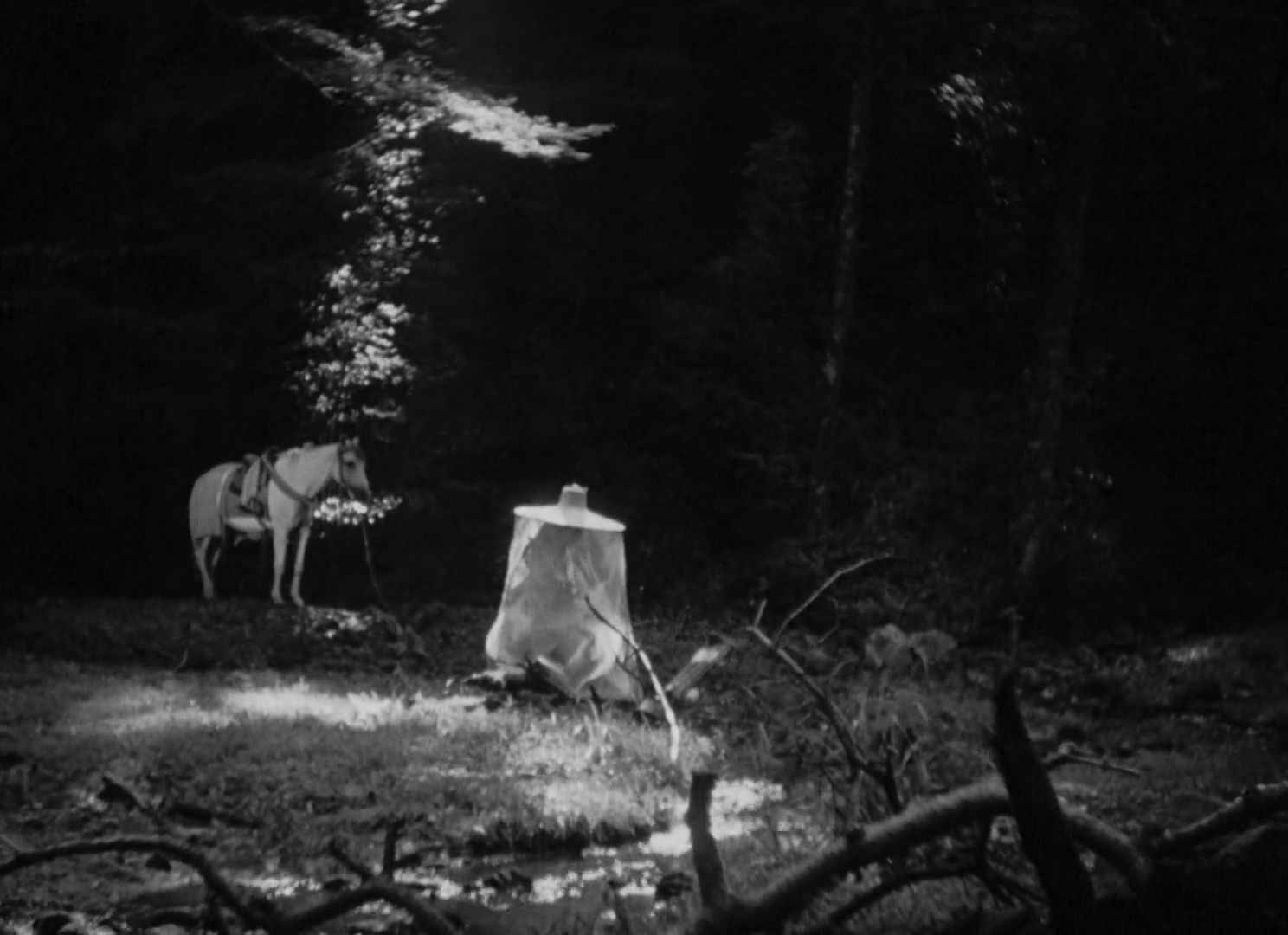
After a month-long summer break, the film club returns with Kurosawa’s 1950 film Rashomon.
As you are all probably well aware, Rashomon was Kurosawa’s international breakthrough and remains one of his most acclaimed and discussed works. The film looks at notions of truth, representation and interpretation, but it has also been argued to deal with the guilt and trauma of postwar Japan. You can find a full introduction to the film on the Rashomon page while previous discussion is available through the discussion forum’s Rashomon tag. We have featured the film already twice in our film club series, first back in in 2008 and again in 2015. But it’s a film worth returning to, over and over again.
The film remains very topical in today’s “fake news” world and as a result its influence on other artists continues perhaps as strong as ever. Steven Spielberg’s production company is reportedly working on a TV series inspired by the film, as has been NBC studios, and although that one didn’t make the programming cut, the show is apparently now being eyed by Netflix. A couple of years back, Alex Cox ran a successful crowdfunding campaign to finance a western inspired by Rashomon, while there has been talk (although less so recently) also about a Taiwanese remake. Ten years ago, the protagonist Tajomaru sort of kind of but not quite got its own film, which while not very good, gave me the opportunity to write a review which remains one of my personal favourites from the ones that I have written for this website. Rashomon was also remade in Thailand for a 2011 release. It was pretty but perhaps not that necessary.
How would you adapt the film for a modern audience? Or would you? What is your response to the film? How does it stand up in our modern times? To ponder these questions and many others, the comments section below and the discussion forum are open for your thoughts, responses and theories.
For the film club, Rashomon kicks off a series of Kurosawa’s samurai films, with the equally magnificent Seven Samurai following it next month, so get ready! For the full film club schedule, see the film club page.








So much has been written about Rashomon – in print as well as on this site – that it’s hard to know what else to say. I took Vili’s advice and watched it with the sound turned off, which made me realize (all over again) how beautiful a lot of the film is. Kurosawa called it “an elaborately fashioned play of light and shadow. In the film people going astray in the thicket of their hearts would wander into a wider wilderness, so I mounted the setting a large forest.”
I was also taken by how LONG the woodcutter’s walk is at the beginning. I especially liked the shots near the end of the film when the commoner is trying to pry the truth out of the woodcutter – just great closeups in a variety of different placements of the heads and facial expressions. Speaking of the commoner, I think Kichijiro Ueda is perfect for the part, with just the right amount of cynicism, suspicion aggression, and body language.
About the dialogue: there isn’t much of it. It’s one of the ways Kurosawa made Rashomon resemble a silent film. I once measured: out of 86 total minutes, 33 minutes have no – or at most only very little – dialogue. Of course the music fills in for the absence of words – except in the woodcutter’s story, during which, unlike all the other versions, there is no music at all. Why do you suppose that is?
I was also struck by how confident an actor Mifune is in this film. I haven’t seen A Quiet Duel, but his roles and performances in Drunken Angel, Stray Dog, and Scandal are much more restrained (well, maybe not Drunken Angel so much). In the courtyard scenes of Rashomon, however, he really lets loose. On watching the film years later, Mifune’s comment on his performance as “I was such a ham!”
More later.